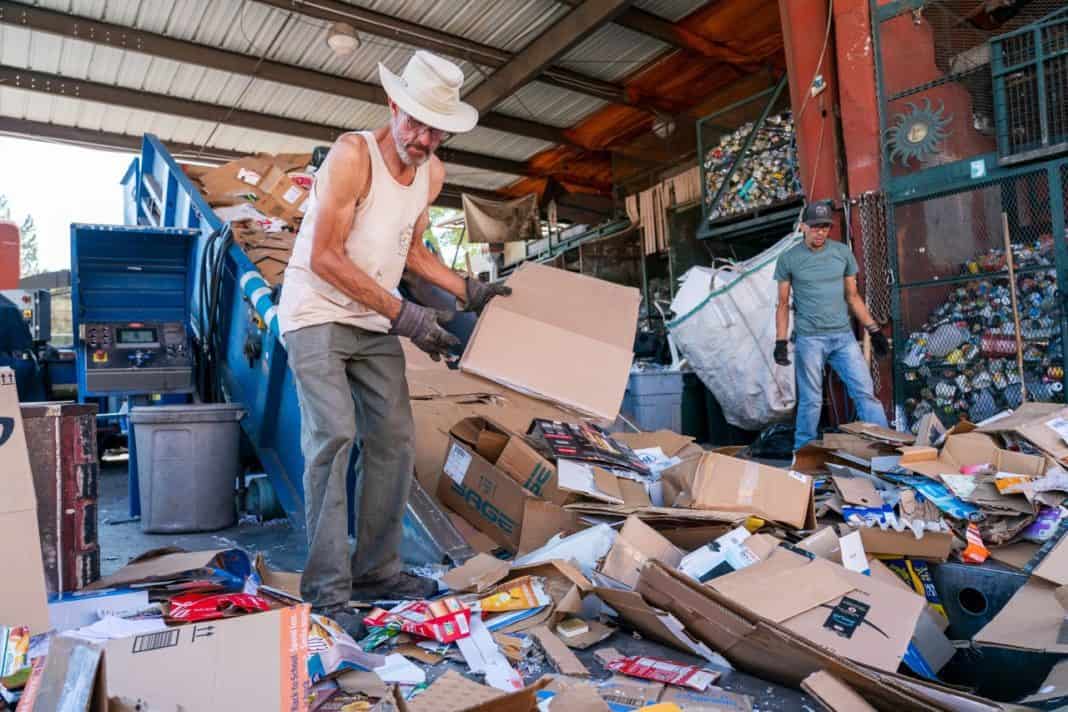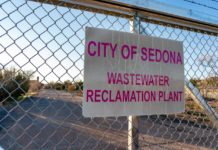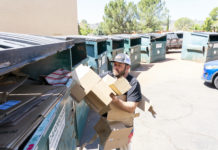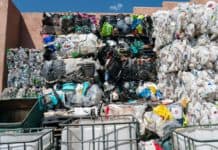Sedona Recycles has caught up on a backlog of materials dropped off at its bins after a double whammy of setbacks two weeks ago — its new truck going into the shop at the same time that two of its six employees fell ill.
At some pick up sites, material piled up around full bins, which only compounded the need for workers, as an extra employee had to go out with the remaining truck — a semi-retired white truck with 700,000 miles affectionately called “Cream Puff” — to help pick up all the extra material, Executive Director Kathleen Ventura said.
“As you might imagine, things are very stressful,” Ventura said during the backup, noting that she was fielding numerous complaints about the unsightly bins. “We’re super sorry. We’re doing the best we can.”
Last week Ventura reported that its employees were back and the new truck is back in service — the mechanic found and fixed a damaged wire.
It was a rough two weeks, but Sedona Recycles is “back on track,” Director of Operations Tam Arrington said.
But as hard as the last two weeks were, Sedona Recycles leaders were more eager to discuss a chronic problem that is draining its resources and making it difficult to keep things out of the landfill: The amount of non-recyclable junk people are putting in its bins.
While touring the facility last week, a worker dumped a bin labeled “Plastic” in an open work space, and it looked just like a regular pile of garbage: Plastic bags, paper, and food containers dominated the load.
The organization will have to use precious labor hours to pick out the non-recyclable materials. Sedona Recycles will then have to pay a trash company to haul the unrecyclable materials to the dump.
Arrington said the nonprofit pays a trash company $550 to $600 a month to dispose of all the nonrecyclable material it gets.
The contamination is also bad for the environment, Ventura pointed out, since fuel is burned to take the trash on an unnecessary trip from outlying areas to the recycling center in West Sedona.
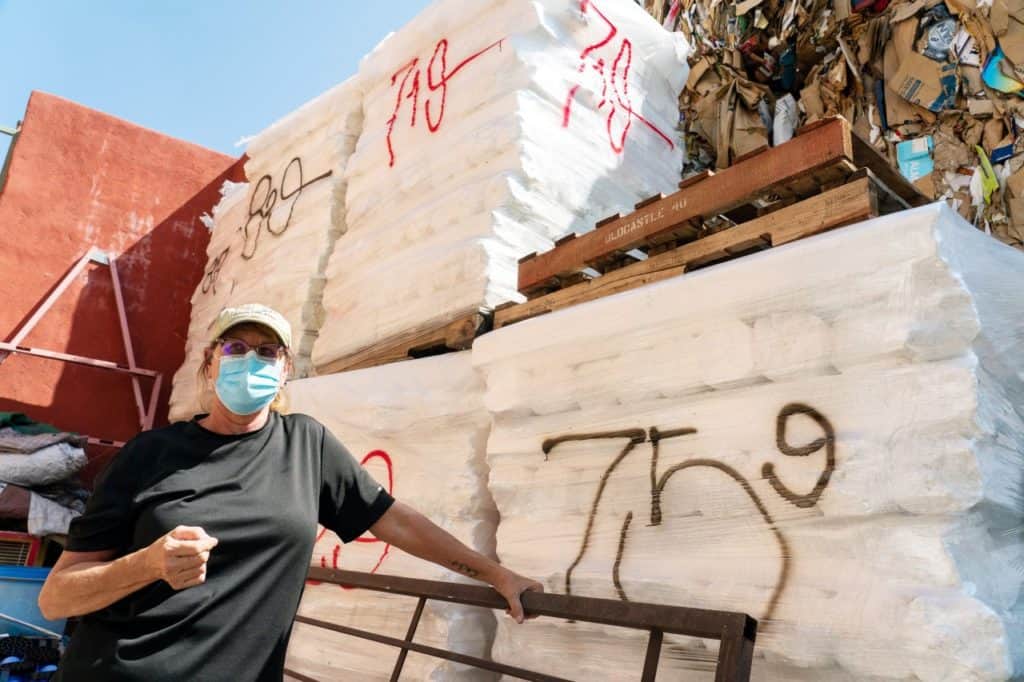
Contamination of its bales of crushed plastic with non-recyclable materials also makes it harder to find a buyer who can convert the stuff into new bottles or other goods that keep it out of landfills. The purer its bales, the faster it will move and the more money the organization gets for it.
“It’s demoralizing,” Ventura said of the amount of non-recyclable material Sedona Recycles receives. “It feels like someone is standing on your chest.”
Arrington described all of the non-recyclable types of plastic and non-recyclable material it receives as “wear and tear on the entire operation.”
“The people who are being jerks are not the people reading the newspaper,” Arrington said. “Ninety percent of the people are gracious.”
The rest, Arrington suspects, have moved from a part of the country where more materials can be recycled, they are not paying close enough attention to the signs at the drop-off sites, or they believe the nonprofit has the resources to sort the recyclable material from the non-recyclable.
But another category is more malicious, people taking advantage of Sedona Recycles’ unlocked bins to get rid of whatever they want to toss out — instead of taking non-recyclable garbage to a dump.
Arrington said the community can help the organization recycle materials by reading the signs at the collections sites, and if there’s any doubt as to whether something can be recycled or not, “talk to us,” Arrington said.
















